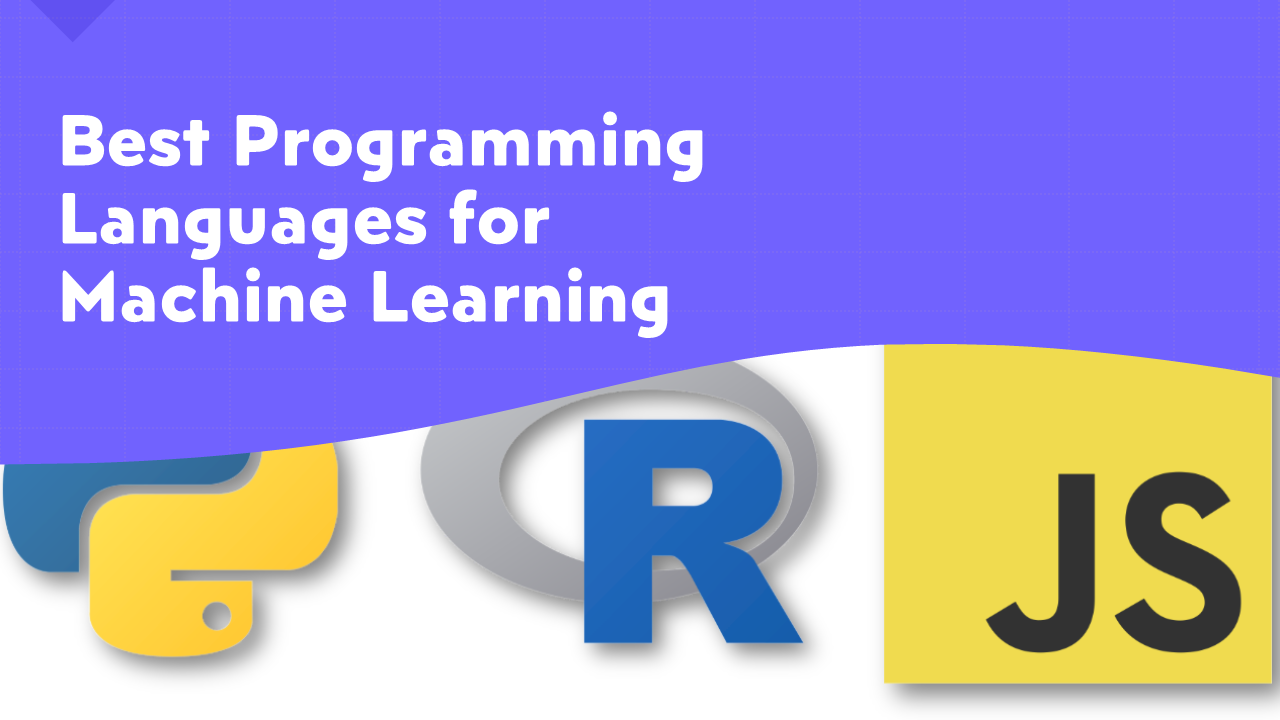When you search for the top ML skills, you will see programming languages mentioned at the top of the list. The main objective of machine learning model development is to design, develop, test, deploy, and ensure maintainable code. Knowledge of programming languages or effective code writing is a must-have skill when developing AI and ML products to bring ML ideas to life.
Why You Must Focus on Choosing the Right Programming Language?
When it comes to coding for ML, professionals have multiple choices of popular programming languages. The specific requirements of a project alone could not help with the ultimate choice because each language has its weaknesses, strengths, and approaches. The selection of the programming language can have a huge impact on your project’s success.
Each programming language is designed with an exclusive set of commands, semantics, and syntax to create instructions. The code is compiled into ML to be executed by CPU, tensor processing units, GPUs (graphics processing units), neural processing units, and other semiconductor devices used for AI and machine learning tasks.
Multiple programming languages have been designed with the ability to perform different tasks. For example, some languages are responsible for efficiently compiling code into ML for faster execution and low memory consumption. Some languages simply support essential extensions through tools, libraries, and frameworks. You might also find programming languages that work best with specific hardware environments or OSes.
Moreover, developers are creating some new ML and AI programming languages to easily handle programming tasks. On the other hand, some older languages are still widely used as a crucial part of AI and ML projects. So, it is important to choose the right language for your ML project’s certain requirements to improve performance, scalability, cost-effectiveness, and security.
List of the Most Popular Programming Languages for Machine Learning
- Python
Python is a high-level, general-purpose programming language known for its versatility and simplicity. According to a Statista survey, 18.03% of respondents use Python currently. . In machine learning, it is widely used for less-enterprise-focused, more scientific processing.
Advantages
- Easy to read, learn, and maintain.
- Supported by multiple frameworks and libraries, such as Pandas and NumPy for scientific computing and data manipulation; Keras and TensorFlow for deep learning applications; Scikit-learn for classical ML algorithms.
- Python Package Index consists of thousands of code libraries (mostly created for ML).
- C++
It is a popular low-level, object-oriented language primarily recognized for control and speed. It can work efficiently with hardware and memory management associated with job-related requirements.
Advantages
- Ideal for computationally intensive projects that need speed.
- Run with superb performance and optimum memory utilization.
- Widely used in building high-performance ML libraries and frameworks like Caffe.
- R
This open-source programming language is the most popular choice for ML professionals because it offers a wide range of ML techniques, such as model evaluation, data visualization, data analysis, and more. The interactive environment makes this language ideal for statistical modeling and research-based projects.
Advantages
- Highly cost-effective for any size of ML project.
- Offer immense flexibility and cross-platform compatibility.
- Supported by lots of machine learning and AI extensions.
- Java
This versatile, object-oriented language is not a primary language for ML but has some powerful deep learning and ML libraries that help developers with the seamless integration of ML into their applications.
Advantages
- Known for higher portability, which means code can run on any device supporting JVM (Java Virtual Machine).
- Highly scalable and offers enterprise readiness.
- Julia
It is a high-level, open-source language known for faster execution of code due to its just-in-time (JIT) compilation. Julia integrates Python’s easier use and readability with the speed of C++. It is widely used for highly complex AI and ML tasks requiring numerical accuracy.
Advantages
- ML professionals with proficiency in Python can easily learn this language.
- Exceptional performance and higher productivity.
- Offer numerous machine learning libraries and frameworks.
- Best for computationally intensive ML tasks.
Which Programming Language is Best for an ML Project?
The selection of programming language depends on the nature of your ML project or job and more factors. If you are seeking an ML job, you must learn a language that best aligns with your abilities to start your career.
Here are some considerable factors that can assist you with the right selection of a programming language:
- Pay attention to the code elasticity, syntax, performance, and scope.
- Choose a language that aligns with the specific requirements of your project, such as data analysis, performance, security, integration, and scalability.
- Pick a language that aligns with your current skills and knowledge. For example, beginners must go with a programming language that can help them to start their careers.
- Consider the expertise and experience of teams that already know multiple programming languages.
- If your project requires dealing with real-time predictions, pay attention to the speed and performance of a language.
- Select a language having a robust ecosystem, such as essential tools, libraries, and frameworks for a seamless development process.
- Consider the language’s popularity because it may affect the availability of libraries, talented developers, and support from the programming community.
Conclusion
At the bottom line, the right programming language aligns with your ML job, project requirements, learning capabilities, and team capabilities. If you want to make your learning journey of programming languages easier, you can join top AI ML certifications in 2025 based on your career goals. The certification programs will provide you with the knowledge of a programming language that helps you to apply to desired positions in machine learning.









